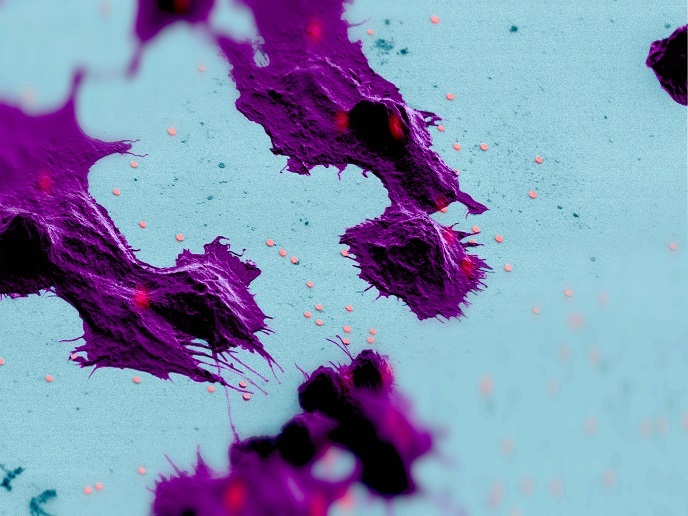Molecular biology to benefit from evolutionary sequence analysis
Molecular biology research depends to a large extent on sequence alignment, which involves arranging DNA, RNA, or protein sequences in order to home in on biological similarities and relationships. However, the approach is not flexible enough to understand evolving questions in molecular biology, creating a need for more advanced solutions. The EU-funded AMESA(opens in new window) (Advanced methods for evolutionary sequence analysis) project investigated the concept of evolutionary sequence alignment with the aim of upgrading comparative analyses. It worked on defining novel approaches that could support, for example, agricultural and medical research. In particular, it addressed challenges such as ever-larger datasets and specificities of data emerging from next-generation sequencing (NGS) platforms. After intensive research and development, the project team developed two analysis tools that can effectively support and further evolutionary sequence analysis. One of these is PAGAN, a multiple sequence alignment programme and algorithmic development for phylogeny-aware de novo alignment and alignment extension, representing the basis of the project’s research. PAGAN has also replaced an earlier method, known as PRANK, to become the leading approach in the field. The other tool is Wasabi, representing a graphically-driven environment that is ideal for evolutionary sequence analysis and data sharing. This practical, user-friendly cloud-based interface works with PAGAN and other analysis methods to facilitate sequence analysis and data sharing. Its data visualisation power is accessible from any device attached to the internet. Wasabi is capable of generating reproducible results and can easily be paired with complementary analysis tools. Developments and enhancements are planned for both products beyond the project’s mandate, promising even more refined, powerful tools than ever before to advance molecular biology research. Agriculture, medicine, biodiversity and several other fields are slated to benefit from the valiant research and tools that have emerged from AMESA.







